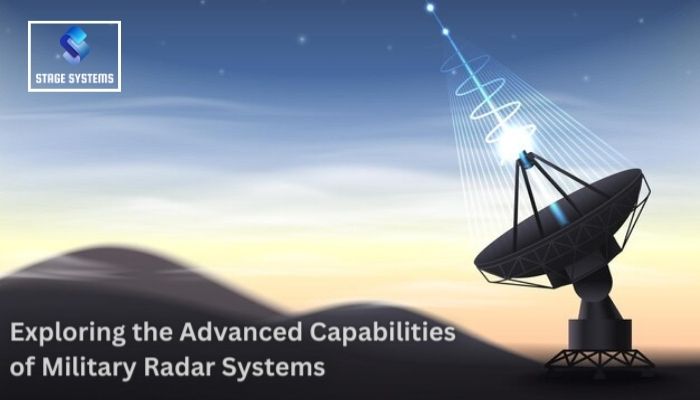In the intricate ballet of airborne communication, where precision and accuracy are paramount, the VHF Omni Directional Radio (VOR) emerges as a key player. As a critical component in the aviation navigation toolkit, VOR plays a central role in providing aircraft with reliable and accurate directional information. Let’s explore the significance of VOR in airborne communication, its functionality, and its essential role in ensuring the safety and efficiency of air travel.
Understanding VOR: Navigating the Skies
VOR is a ground-based radio navigation system that enables aircraft to determine their direction or radial from a VOR ground station. Unlike traditional navigation methods that rely on fixed navigational aids, VOR provides continuous and precise information, allowing pilots to navigate with accuracy in real-time. The system operates in the Very High Frequency (VHF) band, specifically between 108.0 and 117.95 megahertz.
How VOR Works: The Basics of Radial Navigation
At the heart of VOR is the concept of radials. A VOR ground station emits radio signals in 360 different directions, representing radial lines emanating from the station. Each radial corresponds to a specific magnetic bearing, allowing pilots to determine their aircraft’s position relative to the VOR station. By tuning into a specific VOR frequency and selecting the desired radial, pilots can navigate along a precise path in the sky.
- Enhancing Airborne Communication: VOR and Air Traffic Control
VOR plays a vital role in enhancing airborne communication, particularly in airspace where air traffic control is essential for safety and efficiency. Pilots use VOR to follow designated airways, which are predetermined routes in the sky. These airways facilitate the orderly flow of air traffic, preventing conflicts and ensuring that aircraft maintain a safe separation from one another.
- Precision Approaches and Departures: VOR in Terminal Procedures
In addition to en-route navigation, VOR is integral to precision approaches and departures during the critical phases of flight near airports. VOR aids in establishing a defined path for aircraft to follow during takeoff and landing, contributing to the overall safety and efficiency of airport operations. This is particularly crucial in busy airspace and adverse weather conditions.
Navigating Without Visual References: VOR in Instrument Flight
One of the strengths of VOR is its effectiveness in instrument flight, where pilots navigate solely by reference to their instruments without visual cues. This capability is especially valuable during low-visibility conditions, such as clouds or fog. VOR allows pilots to maintain a precise course, facilitating safe navigation when external landmarks are obscured.
- DME Integration: Distance Measuring Capability
Often paired with VOR is Distance Measuring Equipment (DME), which provides pilots with distance information from a VOR station. This integration enhances navigational accuracy, allowing pilots to determine their distance from the VOR station along a specific radial. The combination of VOR and DME provides a comprehensive navigation solution for aircraft.
- Global Navigation: VOR in International Airspace
While newer technologies like GPS have gained prominence, VOR remains widely used globally. VOR stations are strategically located to create an interconnected network that spans international airspace. This global presence ensures that pilots can rely on VOR for navigation, even in regions where GPS signals may be less reliable or unavailable.
Challenges and Future Developments: Adapting to Changing Technologies
As aviation technology continues to advance, new navigation technologies such as GPS and satellite-based systems have emerged. While these technologies offer advantages, VOR continues to be an essential and reliable component of the navigational landscape. There is ongoing research and development to enhance the integration of VOR with these emerging technologies, ensuring that it remains a robust and adaptive tool in the evolving world of airborne communication.
Conclusion: VOR – A Time-Tested Navigator in the Sky
In the intricate dance of airborne communication, the VHF Omni Directional Radio stands as a time-tested navigator in the skies. Its reliability, precision, and adaptability have made it a key element in the aviation industry, contributing to the safety and efficiency of air travel. While newer technologies continue to evolve, VOR remains a steadfast and indispensable tool for pilots, guiding them through the complexities of airspace and ensuring that each journey is navigated with unwavering accuracy and safety. In an era where aviation demands the utmost in precision and reliability, VOR continues to soar as an essential beacon in the vast expanse of the sky.


